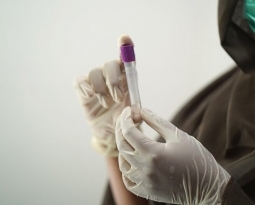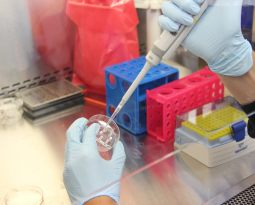Is Artificial Photosynthesis the Answer to Reducing Carbon Emissions?
It’s a harsh reality that Global Warming is no longer a future concern, but it’s rearing its ugly head now. And while many argue over the political neglect that’s brought us to this point, others are wondering what can be done moving forward. On a small scale, individuals can make ‘greener’ choices: use public transport or walk; eat less meat and more vegetables; use a reusable water bottle; or take shorter showers. But, in 2017, the Carbon Majors Report confirmed that 70% of the world’s greenhouse gas emissions come from just 100 companies. So, while millions of people making small scale changes may help, it’s large corporations who need to change the most.
And so, hundreds of companies are making the move to be more sustainable, especially energy companies. More and more are investing in carbon dioxide capturing, also known as Carbon Capture and Storage (CCS). This technology can capture up to 90% of the carbon dioxide emissions produced in electricity generation and industrial processes, preventing the CO2 from entering the atmosphere. But, even better is Carbon Capture Storage and Utilization (CCSU).
This is where a Houston based biotech startup may have the perfect answer. Cemvita created a CO2 utilization platform that merges electrochemical engineering and synthetic biology to mimic photosynthesis, turning carbon dioxide into glucose. The carbon negative company started with a brother and sister team; Moji Karimi has a background in oil and gas drilling, and Dr Tara Karimi in biochemistry. It was because of their mixed backgrounds that the co-founders began selling their technology to the oil and gas industry. The glucose is a great foundation for the creation of industrial chemicals and polymers. Oil and gas companies can specify what they want their CO2 converted to, and Cemvita will run a pilot program for less than $100,000.
The technology, however, isn’t limited to energy companies; Cemvita has started selling its tech to the aerospace industry. Mars’ atmosphere is over 95 percent CO2, making it the perfect place to capture carbon and convert it into a direct food source. Or, it can be used to manufacture other nutrients and pharmaceuticals needed for deep space exploration. The company is thinking big, with a mission to ‘create a sustainable future on Earth and Mars’.
Are you developing a technology to make Earth greener? Did you know your R&D experiments could be eligible for the R&D Tax Credit and you can receive up to 14% back on your expenses? To find out more, please contact a Swanson Reed R&D Specialist today or check out our free online eligibility test.
WHO WE ARE:
Swanson Reed is one of the Texas’s largest Specialist R&D tax advisory firm, offering tax credibility assessments, claim preparation, and advisory services. We manage all facets of the R&D tax credit program in Texas, from claim preparation & audit compliance to claim disputes.
Swanson Reed regularly hosts free webinars and provides free IRS CE and CPE credits for CPA’s. For more information please visit us at www.swansonreed.com/webinars or contact your usual Swanson Reed representative.

















